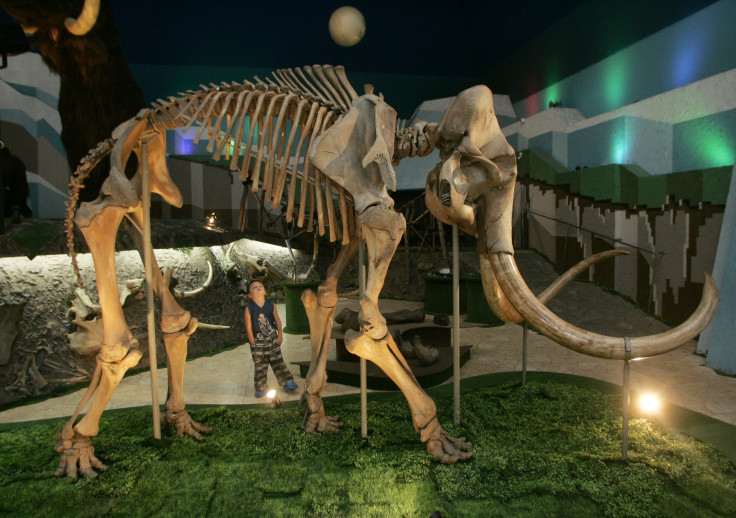What Can Large Ice Age Mammals Tell Us About The Ongoing Biodiversity Loss? A Lot, Study Says

The current pace of biodiversity loss on Earth has led many scientists to state that the world is currently in the midst of a sixth mass extinction event — one that has been triggered largely by human activities. Estimates suggest the rapid loss in species we are seeing today is anywhere between 1,000 and 10,000 times higher than the extinction rate when modern humans weren’t around.
In this backdrop, understanding the impact of loss of species on ecosystems assumes special significance. What exactly happens to an ecosystem when some of its most distinct and keystone species go extinct?
This is the focus of a study published Wednesday in the journal Proceedings of the Royal Society B. In the study, Matt Davis, a graduate student at Yale University’s department of geology and geophysics, argues that in order to understand the ecological impact of faunal shifts, one should examine similar past events.
Toward that end, Davis tracked the history of some of the world's largest extinct mammals — such as the Columbian mammoth long-horned bison and saber-toothed cats — that once roamed the Earth. In total, Davis looked at 94 large mammal species that lived in North America over the last 50,000 years, and calculated how functional diversity — the role that an animal plays in an ecosystem — changed through the Pleistocene–Holocene boundary. Then, he compared functional traits between extant and extinct species to look for relationships between functional diversity and extinction risk.
His key finding was that extinction risk of an animal did not depend on how much, or how little, function it contributed to a community. However, if a species that has no functional equivalent goes extinct, the overall functional diversity could, in fact, drop — a finding that has serious implications for scientists looking to predict future extinctions, especially since our planet has now reached a point where losing even a handful of key mammals will leave as much of a gap as all of the Ice Age mammal extinctions put together.
“The largest functional richness losses may be yet to come because functional redundancy is low for many taxa including vulnerable species like the giant anteater (Myrmecophaga tridactyla ) that now has no functional equivalent,” Davis wrote in the study. “Short-term experiments will likely under-predict these losses because they overestimate redundancy.”
The silver-lining, if there is one, is that analysis of the fossil record reveals that in the long-term, some species can evolve rapidly to fill the niche left unoccupied due to the loss of key megafauna.
“A long view that seeks to understand these past functional changes may be the best way to predict how future disassembly will impact community function,” Davis wrote. “Rather than focus on the total amount of functional space filled, it is more useful to study how communities will move through that functional space and how different trait distributions will change underlying ecosystem function.”
© Copyright IBTimes 2025. All rights reserved.






















